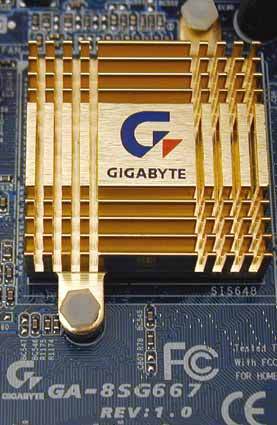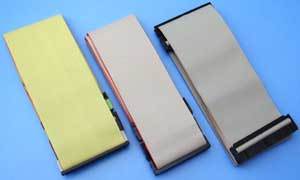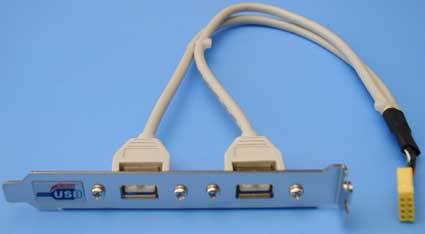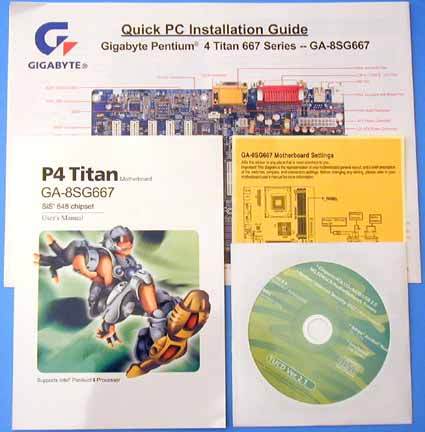The Economical Way to a Pentium 4 System: Five Motherboards with the SiS648 Chipset
Gigabyte GA-8SG667
Board Revision: 1.0
BIOS Version: F3 (September 9, 2002)
Contrary to the usual tactic, Gigabyte took minimalism to the extreme with the 8SG667. Although there is a complete set of cables and a small software package with Norton Internet Security, all possible corners were cut for this board.
The board has the smallest dimensions in this test, and the IDE connections are placed very awkwardly at the very bottom of the board. This often forces the drives in large cases to be placed at the very bottom, because the ribbon cables provided are not especially long.
Gigabyte provided a network controller from Realtek; but our test machine is not equipped with it. FireWire, Bluetooth and serial ATA are also not included. But the board entices you with low prices that could even beat those of self-declared low-cost providers.
Although you'd expect enhanced performance through overclocking, this isn't the case because of the fact that the processor core voltage cannot be increased. The maximum FSB speed that you can set seems absurd: 355 MHz. Quad-pumped, this would produce a sensational 1420 MHz - but unfortunately, it's more appearance than reality.
If you're searching for the simplest possible and most economical Pentium 4 board, you will find it in the 8SG667 from Gigabyte. However, it does not meet the high standards that we usually see with this manufacturer.
Get Tom's Hardware's best news and in-depth reviews, straight to your inbox.
The cooling unit on the Northbridge is its hallmark.
A complete set of cables is always included.
Thanks to this adapter, two more USB 2.0 ports are available.
Make it so: a complete manual and a quick start guide for impatient folks.
Gigabyte as we know it: cool, modern packaging with a design packed with energy. To each his own!

Patrick Schmid was the editor-in-chief for Tom's Hardware from 2005 to 2006. He wrote numerous articles on a wide range of hardware topics, including storage, CPUs, and system builds.





